Flowers aren’t just for spring anymore. Innova Market Insights predicts that floral and botanical flavors, such as rose, honeysuckle, and chamomile, will expand rapidly in packaged foods in 2024. According to the survey, this growth is likely due to consumers’ fascination with functional health, plant-based products, and sustainability. These botanicals and flowers can also reduce inflammation and promote sleep.
However, without the expertise of a herbalist or forager, you might feel overwhelmed by the possibilities of using botanical items at home to enjoy their benefits. Do recipes call for their addition for aesthetic, gastronomic, or health reasons?
To provide you with all the information you need to select and utilize these lovely ingredients at home, we posed a series of pointed questions to two respected herbalists.
Experts In This Article
- Rachelle Robinett, registered herbalist, educator, and founder of Supernatural
- Rosalee de la Forêt, herbalist, podcast host, and best-selling author
What do florals and botanicals mean?
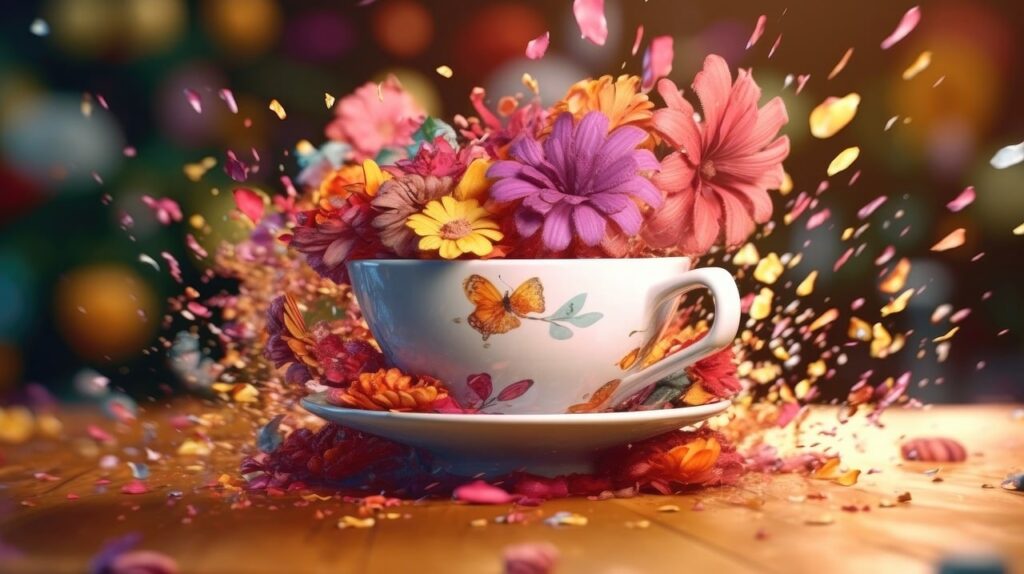
According to herbalist, podcast host, and best-selling author of Alchemy of Herbs and Wild Remedies Rosalee de la Forêt, “botanical and floral ingredients are fancy names for plants added to foods and beverages.” “Florals refer specifically to flowers, whereas botanicals may refer to entire plants—leaves, stems, roots, flowers, seeds, etc.”
Herbalists refer to botanical, floral, herbal, and fungal elements as “herbs,” says Rachelle Robinett, RH (AHG), herbalist and creator of Pharmakon Supernatural and HRBLS. “We regard all naturally occurring, non-synthetic components having therapeutic qualities—including food—as herbs.”
Actually, you probably already have a ton of typical examples of floral and botanical ingredients in your cupboard at this very moment. “Botanicals include tea, cooking herbs, spices, coffee, rose, lavender, turmeric, pepper, ginger, saffron, and a host of other items,” according to Robinett.
There are numerous ways to incorporate herbal substances into meals and beverages. In order to incorporate botanicals and floral chemicals into recipes, de la Forêt states that they are frequently extracted using a solvent such as water, alcohol, honey, or vinegar. “Flowers can be used whole as a decoration on foods or dried, candied, or used in other ways because they are often beautiful.”
All botanicals and flowers have a distinct flavor and attractive look, but they also contain a wealth of plant components, or phytonutrients, which have numerous health advantages. According to Robinett, “the majority of florals and botanicals are high in a variety of other beneficial compounds and/or nutrients, as well as being anti-inflammatory and antioxidant.”
Even though these components are becoming more and more popular, particularly in specialist products, they are by no means novel. According to de la Forêt, “people have been adding [botanicals and florals] to foods and drinks for as long as we can remember.” In 2500 BCE, the Chinese emperor Shen Nung penned a book discussing the use of plants like cinnamon and ginseng as medicine. It is said that as early as 1500 BCE, the Egyptians kept written records of therapeutic plants. Native American plants have long been employed by indigenous peoples in what is now the United States in their culinary, spiritual, and medicinal practices—many of which are being followed today.
Popular flowers and plants and their advantages
1. Carnations

Though they’re frequently included in lovely flower arrangements, many people might be unaware that carnations are edible. Plant compounds found in abundance in the flower’s petals support all bodily systems, particularly the immune system and have anticancer properties. It has an unexpectedly hot flavor with a whisper of clove.
2. Chamomile
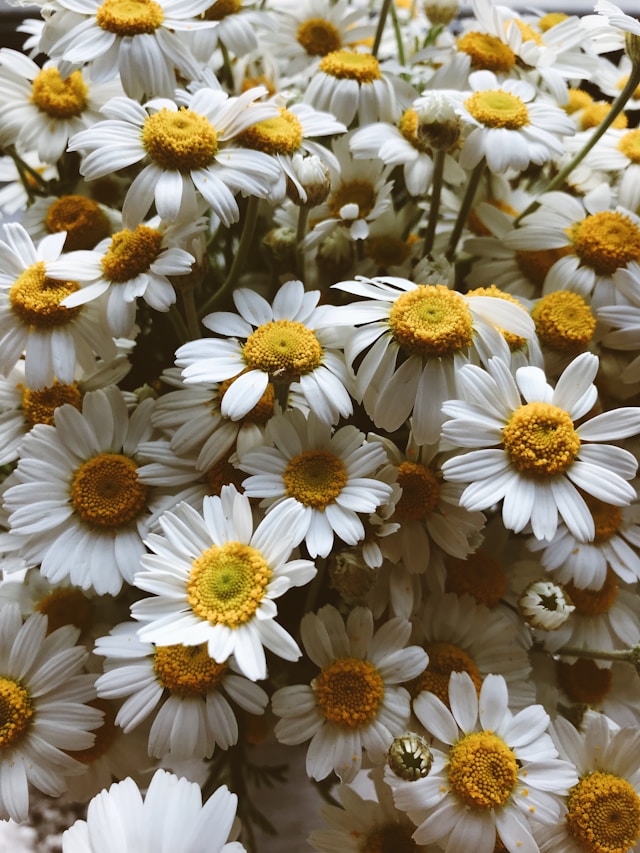
For many of us, the chamomile is easily recognized by its tiny yellow buds surrounded by delicate white petals. According to Robinett, chamomile is a nervine that promotes calmness and improves digestion. Because apigenen, a flavonoid found in it, has the ability to relax the body, chamomile is widely used to promote sleep.
3. Elderflower
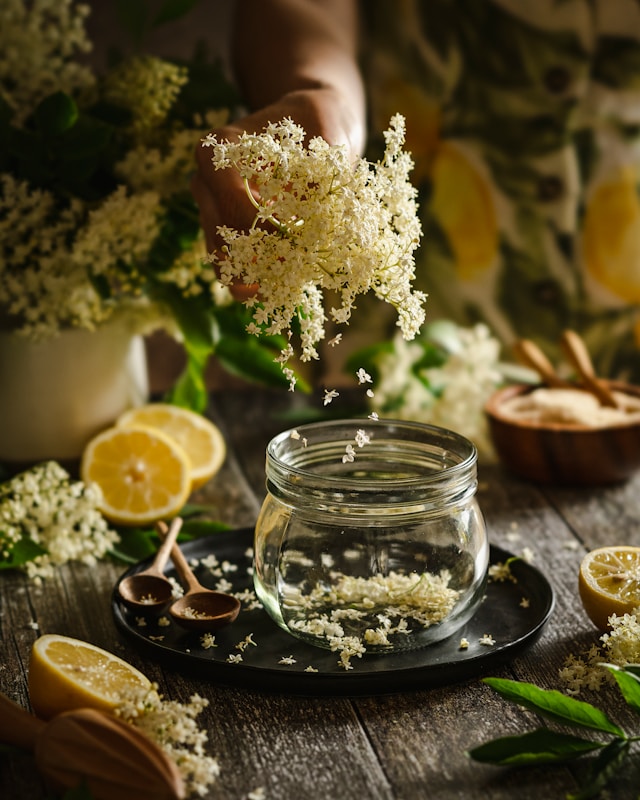
The delicate white buds of elderflowers are grouped together and have an ethereal quality that is simply breathtaking. However, this lovely flower adds more to mocktails and cocktails than just a fruity taste. According to Robinett, elderflower is “used for breaking fevers and for viral illnesses, especially in children because it’s gentle.” According to de la Forêt, “elderflower is a common medicinal herb for cold and flu symptoms and contains a lot of antioxidants.”
4. Hibiscus
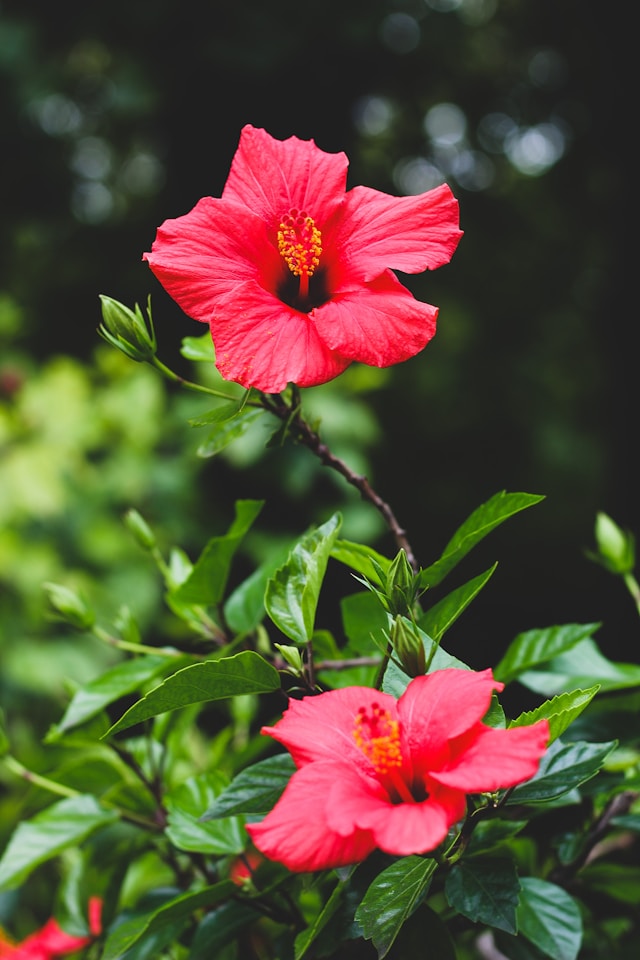
The large hibiscus flower is a popular tea ingredient because of its cranberry-like sweetness and brilliant deep pink hue. However, hibiscus also contains a tonne of antioxidants, which strengthen our heart and immune systems. In fact, it has been demonstrated to support normal cholesterol and blood pressure levels. (Hibiscus tea may also promote better sleep!)
5. Lavender

Although the flavor can occasionally be too strong for some palates, this is one of the most widely used floral ingredients in cuisine. If you enjoy it, though, then keep doing so because there are many advantages. According to Robinett, lavender is good for the nervous system since it is a “nervine” herb. That’s the reason so many people find it to be calming. Furthermore, Robinett disclosed that this flower is a nootropic, meaning that it improves memory and cognitive function.
6. Marigold
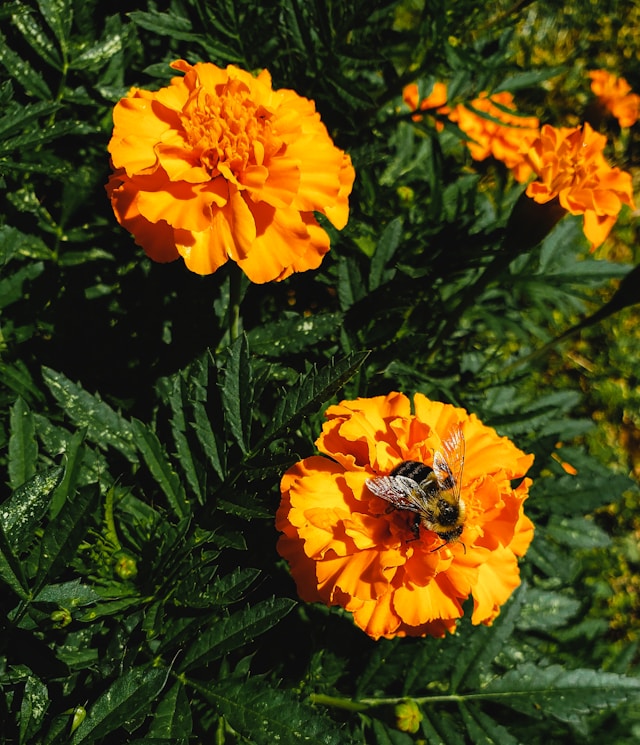
For hundreds of years, textiles have been dyed naturally with marigolds’ vivid orange hue. However, this calendula relative has a unique, tasty citrusy-pepper flavor that works well in a variety of recipes. Additionally, studies have shown that this flower is a powerful antiseptic and wound treatment.
7. Nasturtium

It is common to find this delicate flower in shades of bright yellow, orange, and red. Nasturtium is full of micronutrients, including potassium, calcium, phosphorus, magnesium, zinc, copper, iron, and vitamins C, E, and A, in addition to its attractive appearance and spicy flavor. Together, these nutrients promote the best possible heart, bone, immune, and cell health.
8. Rose
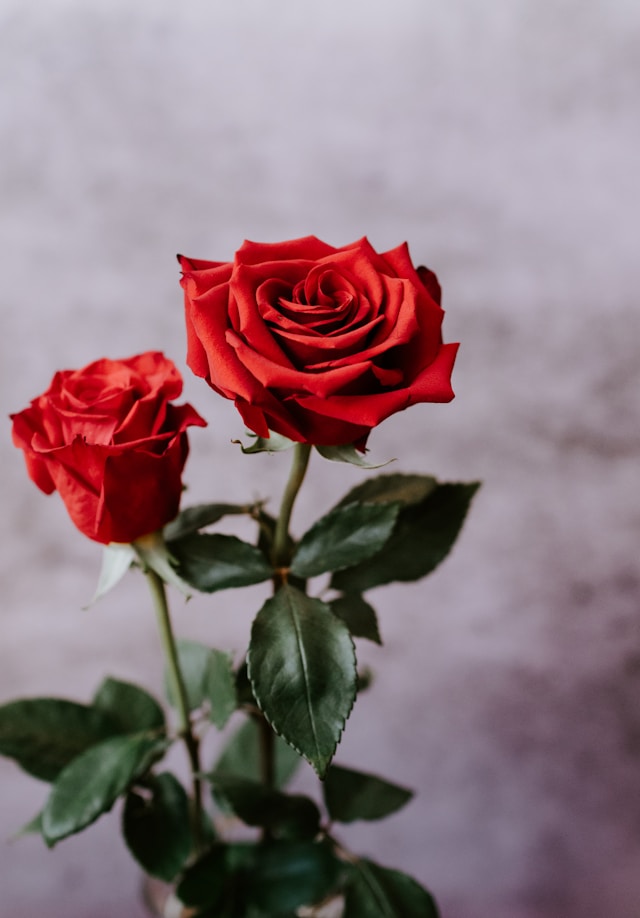
I don’t think it’s necessary to describe the romantic rose’s appearance or aroma. However, did you know that rose can also provide a number of noteworthy advantages when added to food? According to Robinett, “rose is another nervine and an astringent, or internal and topical toner.” Internal astringents have the ability to lessen overall inflammation.
How to incorporate plants into your homemade meals
You might be dying to try using these newfound insights about which plants in the kitchen are edible and good for us. But where ought one to begin?
There are a few floral-enhanced products available, but creating them at home is not only more enjoyable but also significantly less expensive. The rising demand for flowers has led to some extremely high costs. Consider creating your own for a small portion of the cost if you wish to avoid expensive products at the store, advises de la Forêt.
Not only are many of the aforementioned options readily available online, but they are also available in some grocery and health food stores. A floral shop may also sell edible flowers, but be cautious when purchasing these kinds as many are cultivated using chemicals that you shouldn’t be consuming. You can use these options in the kitchen if they are grown organically.
Once your flowers are at home, there are a ton of delicious ways to use them in different recipes, whether they are whole or extracted. Something as basic as tea or another water-based beverage could be this. Alternatively, de la Forêt suggests something pricier or more specialized, such as bitters for mocktails or cocktails, baked goods, or confections like botanical chocolates.
The petals of these edible flowers can also be added to salads, smoothies, waffles, cookies, and cakes, as well as pressed into baked goods like cakes and cookies. They taste great in sorbets, popsicles, and jams as well. To effortlessly elevate any drink, some people even like to freeze these flowers into ice cubes.
Consider your personal tastes when determining the appropriate amount to add to your recipes. Before you get even close to a level that might not be good for your health, you’re more likely to make your recipe taste like soap.
Although edible flowers and botanicals are visually stunning, their taste and health benefits are even more remarkable, which is why it’s not surprising that they’re going to be very popular in the New Year.
